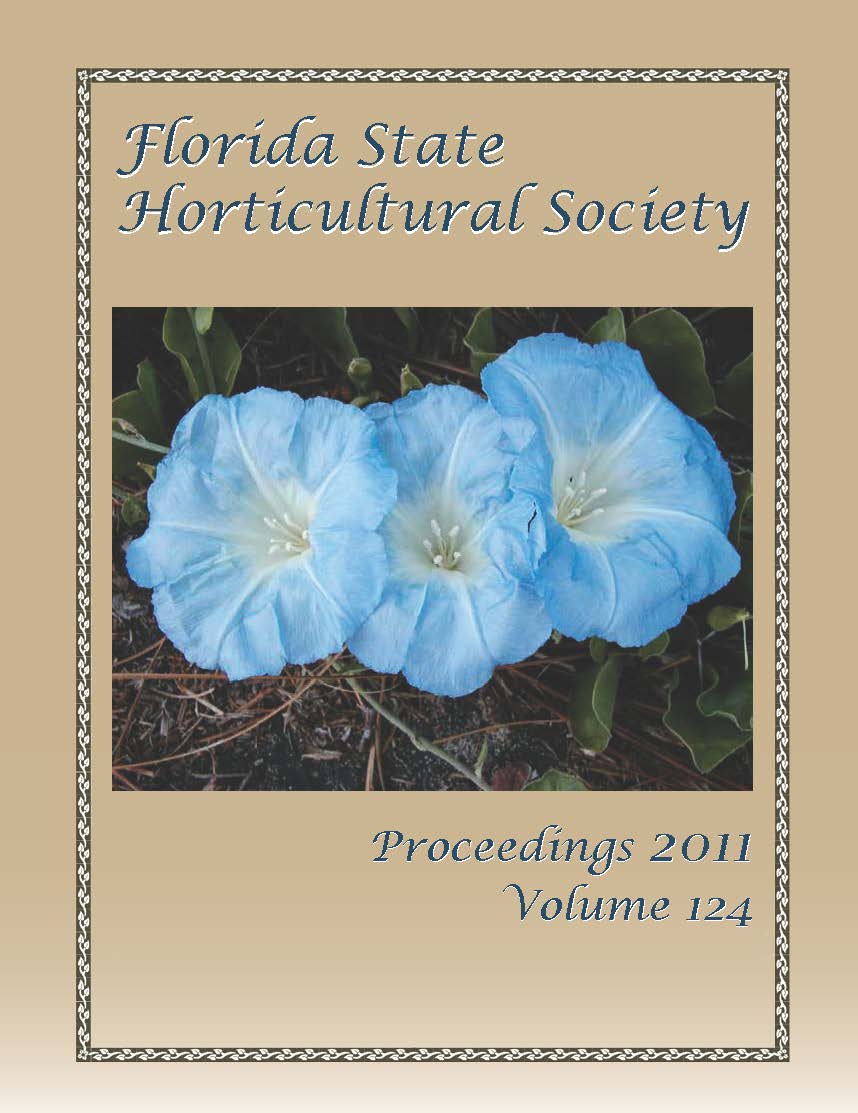Published 2011-12-01
Keywords
- Capsicum anuum,
- bioyield,
- force,
- impact,
- mechanical damage
- mechanical injury,
- physical properties,
- water loss ...More
Abstract
Bell peppers can be easily bruised and cracked during postharvest handling, which can include a number of transfers during typical harvest, handling, and packinghouse operations. Pepper handlers have reported that peppers harvested during wet, rainy conditions, especially in cold weather, are more susceptible to bruising during harvest and handling. Peppers at the mature-green stage were harvested early in the morning and equilibrated to 5, 10, 15, 20, or 25 °C (41, 50, 59, 68, or 77 °F) within 1 h after harvest by immersion in water. Drop test damage evaluation and measurement of the bioyield force required to break the carpel wall showed that peppers are more susceptible to bruising at less than or equal to 15 °C than they are at 20 °C or above. Peppers were also harvested before sunrise after several days of rain (thus fully turgid) and bruising susceptibility was measured initially and after storage for up to 26 h at 5 or 25 °C to achieve different amounts of water loss. Bruising susceptibility was lower in peppers that had lost more than about 3% of their original weight.

